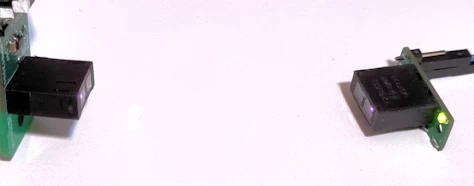Utilizing only the cheap components required for regular sensor functionality, this ATtiny212-based design adds two-way wireless communication for tweaking and reporting of its own parameters. Here’s how it came to be.

Utilizing only the cheap components required for regular sensor functionality, this ATtiny212-based design adds two-way wireless communication for tweaking and reporting of its own parameters. Here’s how it came to be.

Auto on/off, responsive, power-saving, and you get to select the threshold and to decide the exact nature of the feedback: Here’s how I built a convenient continuity tester from simple components and a cheap 8-pin PIC microcontroller.
Continue reading A PIC-based home-made Continuity TesterHow to autostart your app if it needs keyboard access, protect it against malicious Ctrl-wielding users, and shut the system down properly without locking yourself out forever!
What is the lowest possible clock frequency at which a microcontroller can still do useful work? Here’s a little project that attempts to explore this weird question.
This Chinese “8-Channel USB Relay Board” requires a 12V power supply, and it’s also supposed to plug into the PC for convenient software control. But there was nothing convenient about the software, and I wanted it to work directly with Arduino and other MCUs anyway. Here’s how I replaced the USB interface with a basic UART.
Continue reading Adding a UART Interface to a USB Relay Board
Version 1.6.6 of the Arduino IDE is upon us, and with it – among other novelties – is the Serial Plotter, a basic graphing utility for visualizing data, debugging and show-off. What is it, and how to use it? Here’s a little guide…
What does the world look like through the eyes of a light dependent resistor (LDR)? My unimpressive PunyCam shows us the answer… ever so slowly!
Can the PC’s mouse input be used to send binary data from an embedded system to a desktop software? And, more importantly, can this be done without affecting the regular usage of the mouse? As it turns out, within a few limitations, the answer is yes. Here’s how.